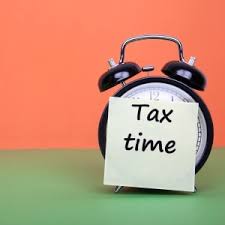Before we delve into the question of whether a non-resident is required to lodge an Australian income tax return, a prudent first step would be to determine whether the individual in question is a non-resident for taxation purposes. The Australian Taxation Office (ATO) has in place four residency tests to assist individuals in determining their tax residency. The four tests are as follows:
- The Resides Test – do you reside in Australia?
- The Domicile Test – is your permanent home in Australia?
- The 183-Day Test – were you physically present in Australia for more than half of the financial year?
- The Commonwealth Superannuation Test – are you or your spouse an Australian Government employee working at an overseas Australian post under either the CSS or PSS scheme?
The individual is a non-resident if all four tests cannot be satisfied for the financial year in question.
Once you have established the individual is a non-resident, the next step is to determine whether a tax return is required. According to the ATO, a non-resident is required to lodge an Australian income tax return if they have sourced any of the following categories of Australian income in the relevant financial year:
- Employment income; from activities specifically carried out in Australia.
- Rental income; from an Australian property.
- Interest income; only assessable if the income was not subject to the 10% non-resident withholding tax deducted by the bank.
- Unfranked dividends from Australian companies; companies do not withhold tax on ‘unfranked’ dividends, only on franked dividends.
- Capital gains; from the sale of Australian assets.
- Pensions or annuities from Australian superannuation funds; unless you are eligible for an exemption under a tax treaty.
From the above criteria, you may have noticed a pattern or general rule of thumb; if the Australian sourced income was subject to withholding tax (e.g., interest, franked dividends, and royalties), the income does not need to be declared by the non-resident, subsequently eliminating the need to lodge an Australian tax return.
If you are still unsure whether you are personally required to lodge an Australian income tax return, please make use of the ATO’s ‘do I need to lodge a tax return’ tool.
Further references:
https://www.ato.gov.au/Individuals/Coming-to-Australia-or-going-overseas/Your-tax-residency/
https://www.expattaxes.com.au/do-i-need-to-lodge-a-tax-return/
Other related blogs:
Main residence exemption changes for foreign residents
Author: Amy Murphy
Email: [email protected]










